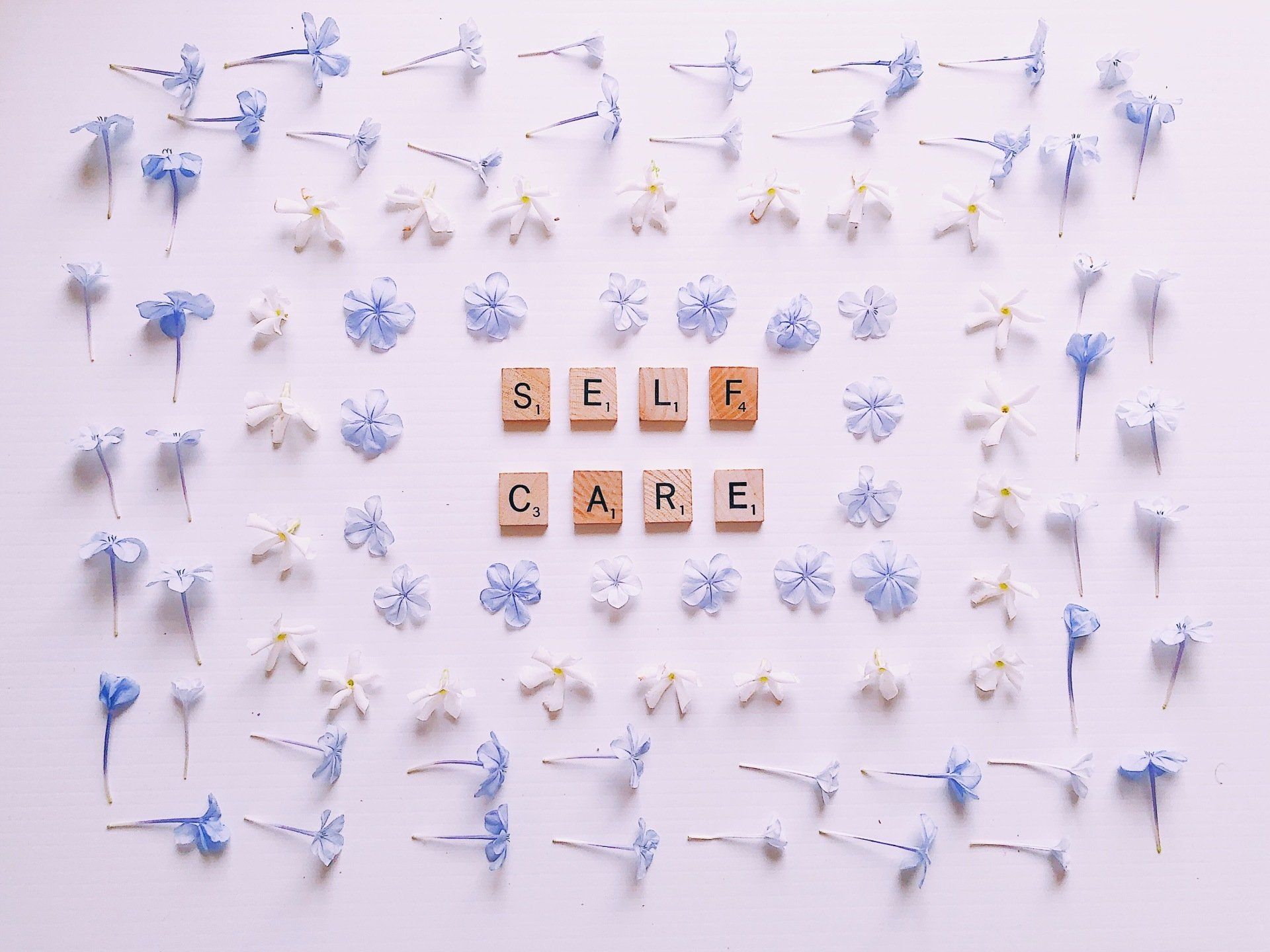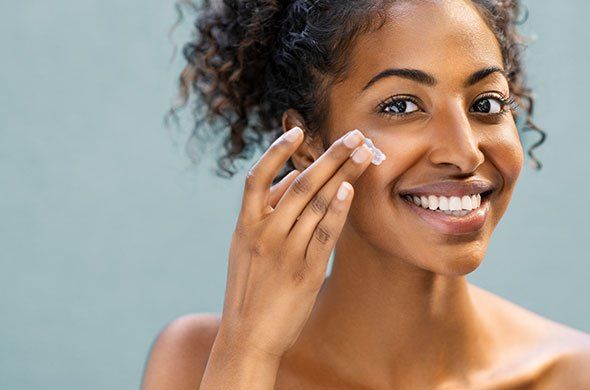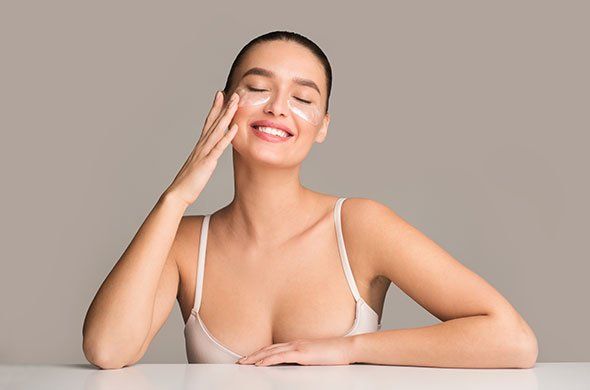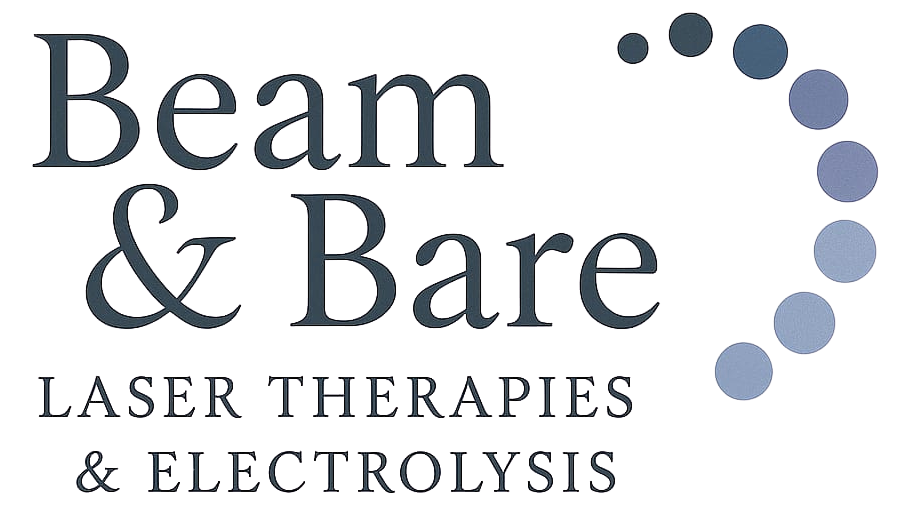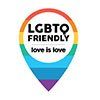SPF Demystified: What That Number on Your Sunscreen Really Means (and Why It Matters)
SPF Demystified: What That Number on Your Sunscreen Really Means (and Why It Matters)
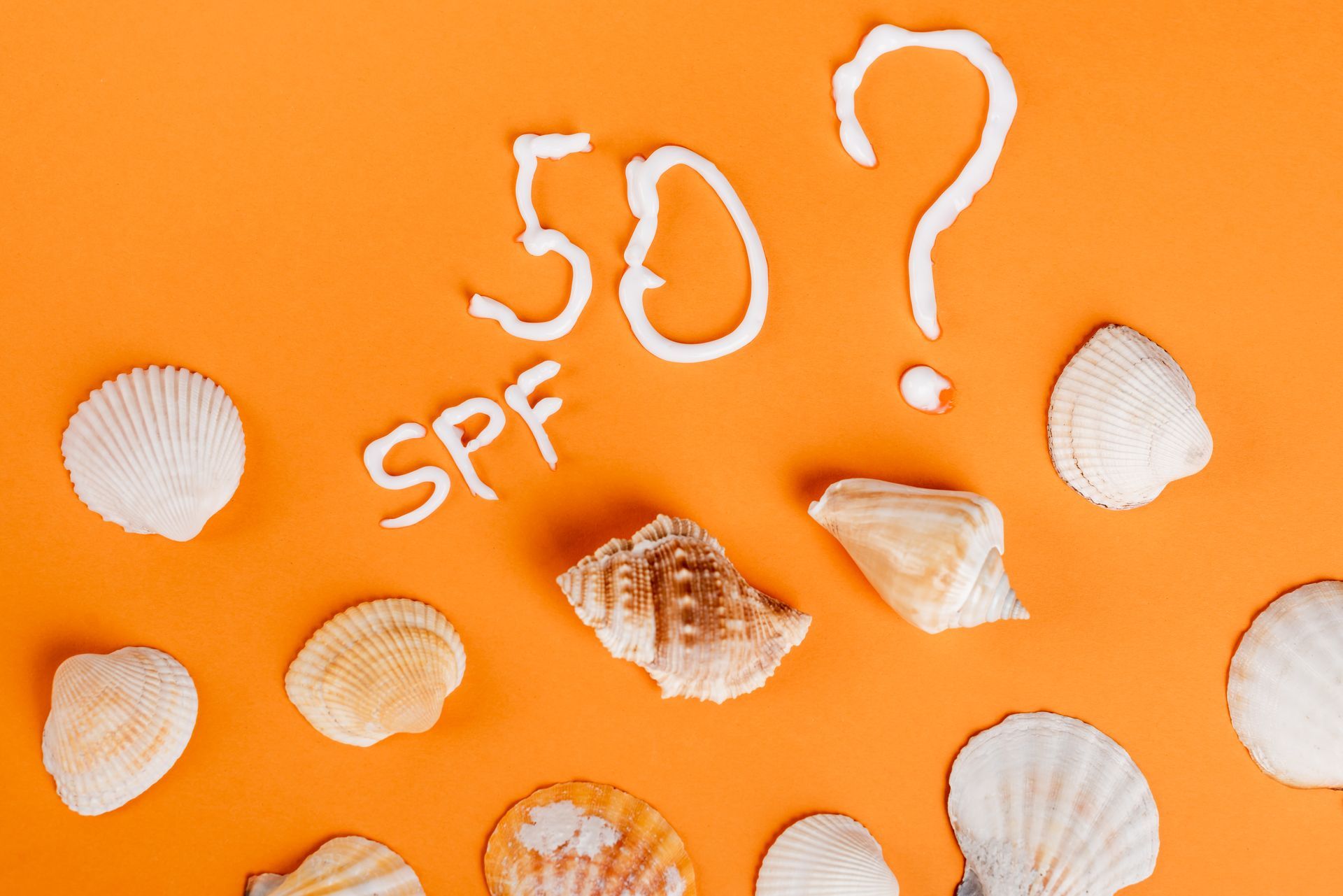
We all know we should be wearing sunscreen every day. In fact, every dermatologist, doctor, and aesthetician agrees: SPF 30 should be a non-negotiable part of your daily routine. At Beam & Bare, we’re all about education and skin health—so we hear your questions all the time:
- “If my moisturizer is SPF 20, isn’t that enough?”
- “Is SPF 75 better than SPF 30?”
- “If I layer SPF 20 and SPF 30, do I get SPF 50?”
- “What even is SPF?”
We get it—it’s confusing! So let’s clear it all up with this practical, expert-backed guide from Beam & Bare.
First Things First: What Is SPF?
SPF stands for Sun Protection Factor. It measures protection against UVB rays—the ones that cause sunburn and contribute to skin cancer.
However, SPF doesn’t tell you anything about UVA protection—which is just as important. UVA rays penetrate deeper into the skin and are responsible for aging, sun spots, and long-term DNA damage.
Beam & Bare Pro Tip:
Look for "Broad Spectrum" on your sunscreen label. This means the product protects against both UVA and UVB rays.
What Does SPF 30 Actually Mean?
SPF isn’t about “how long” you can stay in the sun—it’s about how much of the sun’s UVB rays are blocked.
Here’s how it breaks down:
- SPF 15 blocks about 93% of UVB rays
- SPF 30 blocks about 97%
- SPF 50 blocks about 98%
- SPF 100 blocks about 99%
That means SPF 30 blocks about half as many rays as SPF 15 lets through, while SPF 50 gives you just 1% more protection than SPF 30. So more isn’t always dramatically better—and no sunscreen blocks 100% of rays.
Does Higher SPF Last Longer?
No.
All sunscreens—regardless of SPF—must be reapplied every 2 hours. Period.
Even the best sunscreen degrades with time, sweat, water, rubbing, or towel-drying. Whether you’re using SPF 30 or SPF 100, reapplication is key.
Water & Sweat: What You Need to Know
Going for a swim? Headed out for a long hike? Here’s what to look for on the label:
- Not water-resistant: Reapply immediately after water or sweat
- Water-resistant (40 min): Reapply after 40 minutes in water
- Water-resistant (80 min): Offers up to 80 minutes of protection before needing a touch-up
Beam & Bare Favourite:
Our Colorescience Flex or Brush-On Mineral Powder SPF 30 is water-resistant for 80 minutes—and still lightweight, dry, and invisible. Perfect for touch-ups on the go!
Chemical vs. Mineral: What’s the Difference?
At Beam & Bare, we often recommend mineral sunscreens for their immediate, broad-spectrum protection and suitability for sensitive or post-treatment skin.
Chemical SunscreenMineral SunscreenHow it worksAbsorbs UV and converts to heatReflects + scatters UV raysKey ingredientsOxybenzone, Avobenzone. Zinc Oxide, Titanium DioxideProsLightweight textureGentle, safe, instant protectionBest forEveryday wear under makeupSensitive skin & outdoor protection
Available at Beam & Bare:
- Vivier Sheer SPF 30 Mineral Sunscreen
- Colorescience Sunforgettable Flex SPF 50
- Colorescience Brush-On Mineral Powder SPF 30
Drop by our clinic or shop these in-person—we’re happy to help you find the perfect fit for your skin type and lifestyle!
Should You Layer SPF Products?
Unfortunately, layering SPF products doesn’t add them together.
SPF 20 moisturizer + SPF 30 powder ≠ SPF 50. You’ll only be protected at the higher number, not the sum.
So, stick with your highest SPF product, and always apply generously.
How to Maximize Your Protection
Here’s the Beam & Bare Protection Routine for serious sun-smart skincare:
- Apply a generous layer of SPF 30+ mineral sunscreen to clean skin before dressing.
- Layer with UPF-rated clothing and wide-brimmed hats.
- Use Brush-On SPF 30 Mineral Powder for easy, invisible reapplication on face, neck, and hands—every 2 hours.
- Don’t forget sunglasses and lip balm with SPF!
Beam & Bare’s Quick SPF FAQs
What’s the difference between SPF 30 and SPF 50?
About 1.3%. SPF 30 blocks 97% of UVB rays, SPF 50 blocks 98%.
Does higher SPF last longer?
No—all sunscreens need to be reapplied every 2 hours.
Best SPF for sensitive skin?
Mineral SPF 30+ like Vivier Sheer SPF 30 or Colorescience Flex SPF 50.
Is there a safe way to tan?
Any tan from UV rays = skin damage. The only safe tan is a self-tanner.
Where can I buy trusted SPF products?
Right here at Beam & Bare! We carry Vivier, Colorescience, and other dermatologist-approved brands in-clinic.
Final Word: Why SPF Matters
Daily SPF is the most effective anti-aging product you can use. It helps prevent:
- Sunburn
- Wrinkles and pigmentation
- Skin cancer, including melanoma
Our skin is constantly exposed—even on cloudy days or through windows. That’s why Beam & Bare recommends applying SPF 30 or higher every single day, and reapplying consistently.
Your future skin will thank you.
Have questions or need help choosing a sunscreen?
Book a complimentary consultation at Beam & Bare, or visit us in-clinic to browse our curated SPF essentials.
